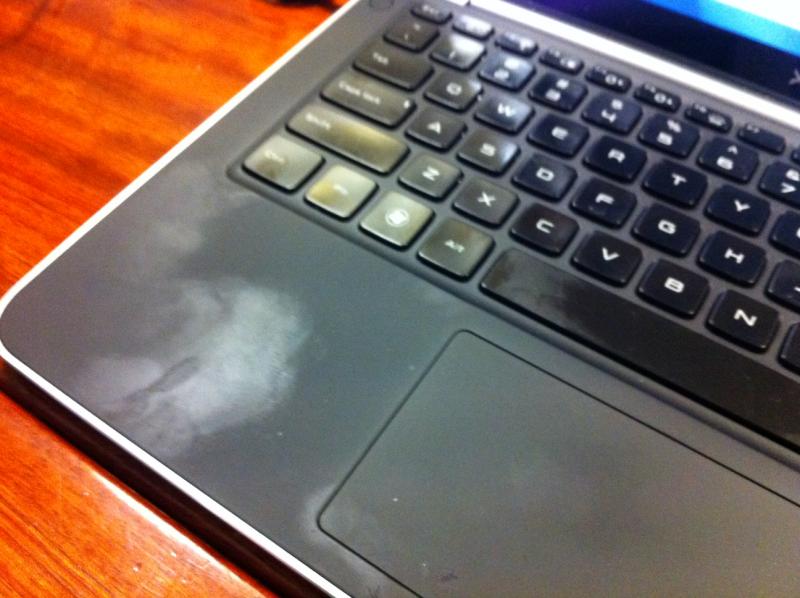2 Weeks On The Road: The Dell XPS 13 Vs. The MacBook Air
This trip is off to a rocky start, I remember thinking as I walked off the plane through the same gate I'd boarded it 30 minutes earlier. Seems there was an engine problem. No outlets available to plug my MacBook Air into so back on battery while the airline swaps aircraft. I should have taken it as a warning. I finally did reach Paris, only to have the French military storm the TGV station at Charles de Gaulle with machine guns because someone left a bag unattended outside the station. Missed my train, re-booked on the next one but downgraded to the seats with no power outlets because there were no seats left in 1st class. More time on the battery.
Switched trains in Lille, France station to board the Eurostar. Sat down in my seat at a table across from an attractive woman who looked annoyed to have to share the space. Finally plugged in the Mac after more than 7 hours use since the last charge, and promptly fell asleep before I could do any work. All in a day's work for the road warrior. I'm carrying two computers on this trip so I can get a good sense of what one of the better entries in the Ultrabook class of PCs is like to work with on the road, alongside my longtime favorite MacBook Air. So far, so good but a few things to note:
- With a little conservation of screen brightness, shutting off Wi-Fi and Bluetooth on the plane, and making sure I close down resource-intensive apps, I can usually get 7+ hours' use on the MacBook Air before I have to find an outlet. That's fantastic for international travel days.
- The best I've been able to do on the Dell so far is a little under 5 hours. To be fair though, I haven't had much time with it yet to find out how best to optimize power. One problem though is that the Dell seems to chew through its battery in 24 hours on standby.
- The MacBook Air has a better screen. It has higher resolution at 1440×900 vs. 1366×768 for the Dell. It makes a big difference for me because I use mind mapping software and edit documents a lot. The extra pixels make a huge difference.
- The Dell has a great illuminated keyboard. The action is very similar to the Air's, and the wrist rest is beveled slightly to keep the edge from cutting into my wrists. It's also comfortable to rest my hands on the soft surface, but there are drawbacks to using rubberized plastic (see picture below).
- The Dell looks a lot like the MacBook Air from the cover (imitation is the sincerest form of flattery), and it really is a high quality case design. It doesn't feel cheesy at all.
- The Dell's performance has been very good. The SSD drive is fast, the machine sleeps when the lid is closed and wakes up reliably when it's opened again.
- The power supply tip is different (thinner) than other Dells, presumably due to the slim case design. That's fine except I've already tripped over the cord once and tweaked the tip. The Magsafe design on the Mac disconnects itself when I trip and protects the socket and the tip.
- DropBox, Evernote and GMail, along with Salesforce.com and a secure proxy to Peoplesoft mean I don't need to get on the corporate network from either machine, and I can keep all of my files in sync, working on either computer at any time.
I ordered a cheeseburger and fries at my hotel in London and proceeded to use the Dell with greasy fingers. It was then I discovered the first thing that genuinely concerned me:

The verdict: The Dell is a really nice machine – quality feel and adequate performance. The battery life is shorter than I'd like to see in real-world use, something I expect would only get worse once it's loaded up with antivirus, inventory scanners, and all of the other management *stuff* that gets put on corporate-managed PCs and consumer resources. I'd also like to have a higher resolution screen. Other than these two things, it's a symbol of hope for the Ultrabooks, and a good product execution by Dell. Just don't use it while eating a cheeseburger.
